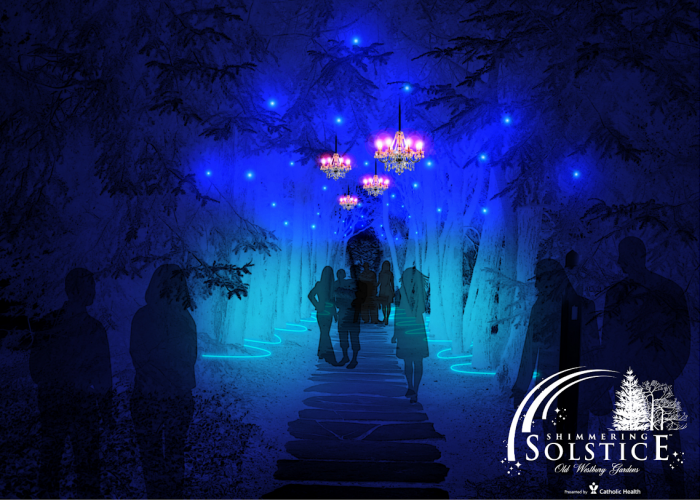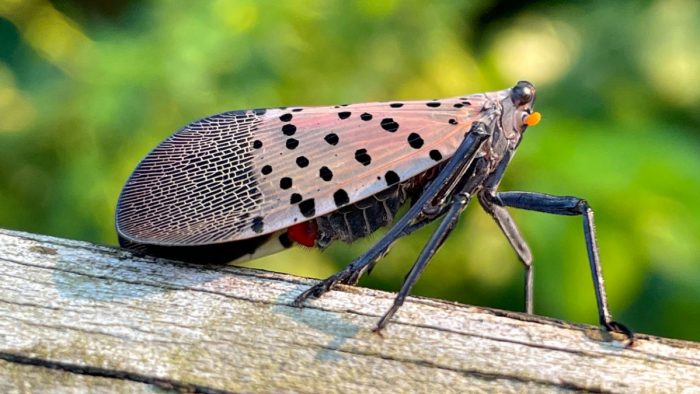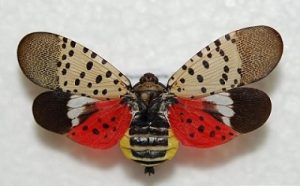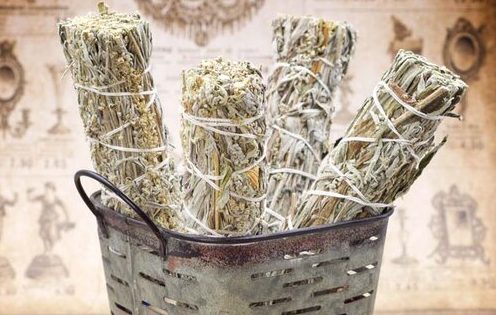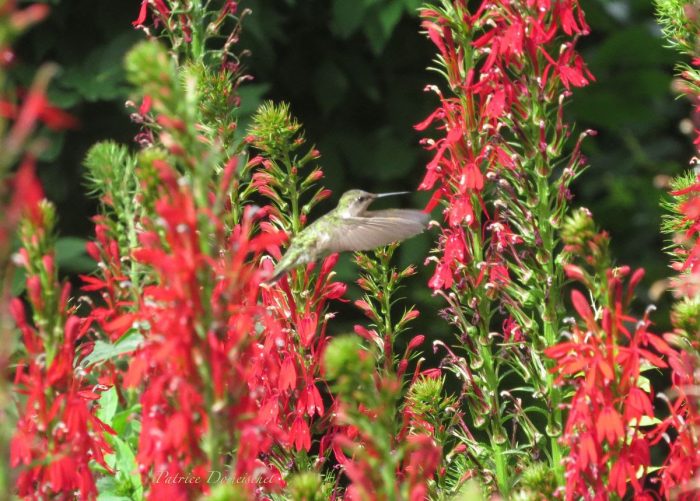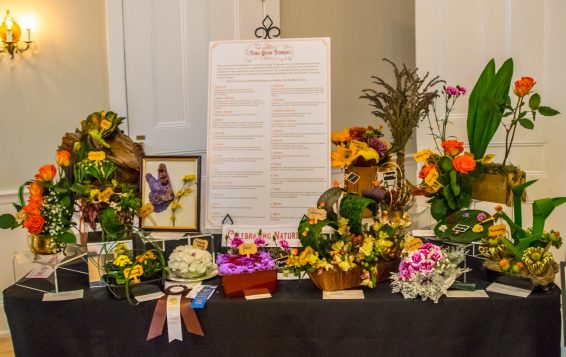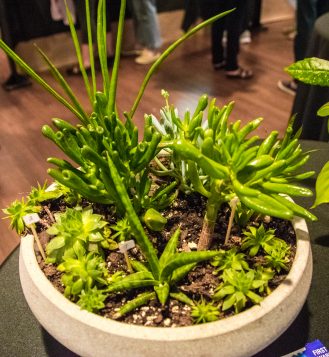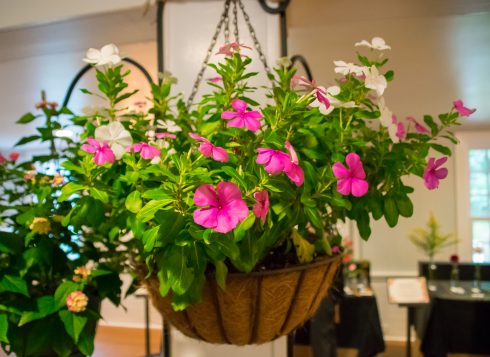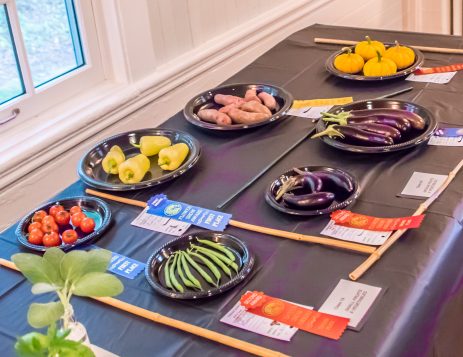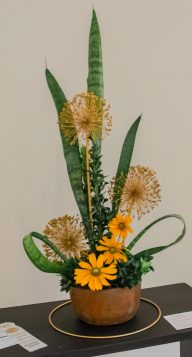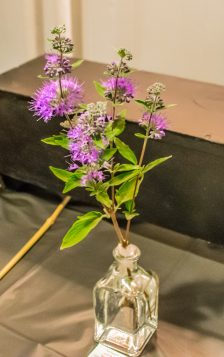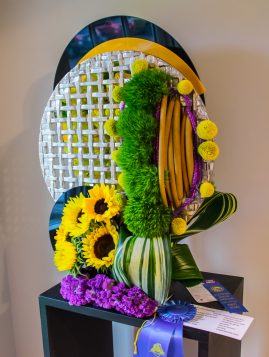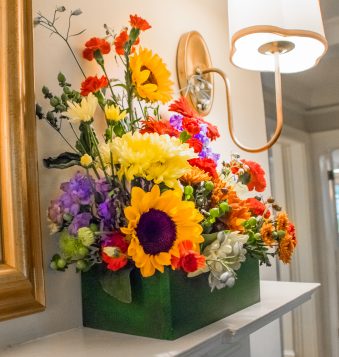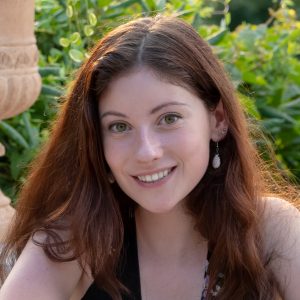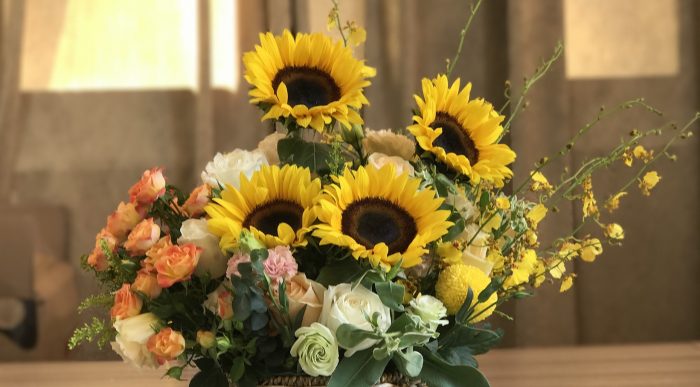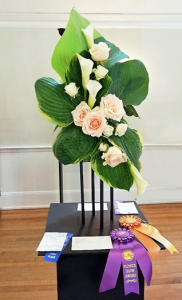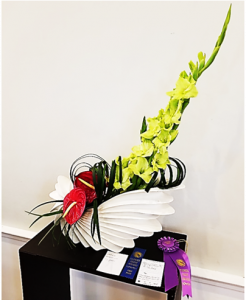Pinelawn Memorial Park and Arboretum has created a special holiday program enabling families to have their loved one’s memorials adorned with environmentally-friendly holiday decorations, which are recycled and repurposed, at the end of the season, and turned into compost used to continue to nourish the various plantings throughout Pinelawn’s 500-acre property.
The decorations consist of a living evergreen base and are trimmed with assorted ornamental elements, and finished with a red velvet bow. Families have the option to select from a variety of decorative options for their loved ones’ final resting place, including blankets and sprays for plots, and evergreen wreaths, cones, and tree-shaped decorations for mausoleum locations. Families can purchase the evergreen decorations through Pinelawn, and have Pinelawn place them on their behalf. This program also helps families who wish to adorn their loved one’s memorials with vibrant holiday decorations when they are not able to place them themselves.
“We recognized that we were taking too much artificial material to the landfill at the end of each holiday season so we introduced this environmentally-friendly program in 2010,” said Justin Locke, Pinelawn’s President. “This allowed us to reduce our carbon footprint and be more conscious of the environment. At the end of the season, we remove any artificial components then chip and compost the decorations. The compost is regularly turned over to facilitate the process and create mulch that is used to enrich flowering beds and newly planted trees.”
“Following in the footsteps of our founders, we are always looking to be good stewards to the environment and help educate the community throughout the year,” continued Locke. “Our families very much appreciate the holiday program which not only allows them to pay tribute to their loved ones during the holiday season but also helps the environment where their loved ones are laid to rest.”
Pinelawn’s holiday program began the day after Thanksgiving and continues through mid-January. Once the holiday season is over, Pinelawn’s team collects the holiday decorations, which are composted and spread throughout the 500-acre property both in the planting beds and also when planting or transplanting trees.
For more information about Pinelawn’s environmentally-friendly holiday program, including regulations regarding placement, and to select and purchase decorations, visit www.pinelawn.com or this link.
Proceeds from the sale of Pinelawn’s holiday decorations go to the Pinelawn Maintenance Fund, which helps provide support in the care of Pinelawn’s magnificent 500-acre grounds and arboretum. Recently awarded Level II status from the International Arboretum Accreditation Program, ArbNet, the Pinelawn Arboretum is maintained by a full-time gardening staff, including a certified arborist, to ensure spectacular park-like grounds.
Pinelawn Memorial Park and Arboretum, located in Farmingdale, New York, is a non-sectarian cemetery prided on creating and maintaining a beautiful and serene environment where families can find tranquility and comfort. Its open and expansive landscape features hundreds of acres of manicured grounds, unique architecture, flowing bronze fountains, and flower-lined walks. Its beautiful memorial gardens offer all who visit, scenic beauty where they can reflect upon their loved ones in peace. For more information on Pinelawn Memorial Park and Arboretum, or to schedule a tour of the property, visit www.pinelawn.com or call 631-249-6100.

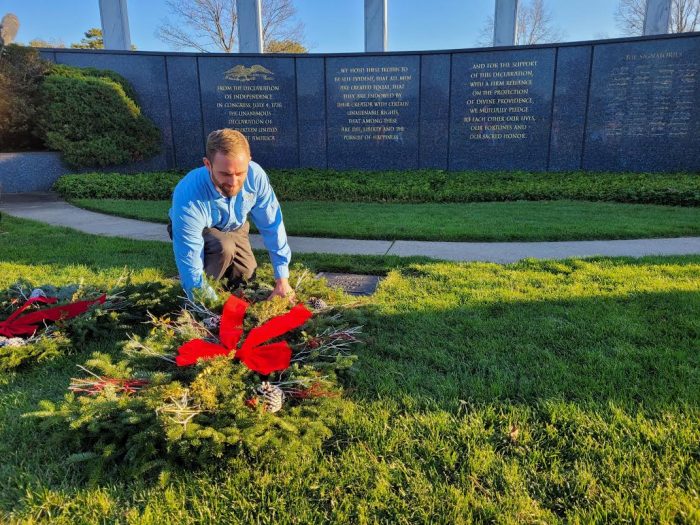
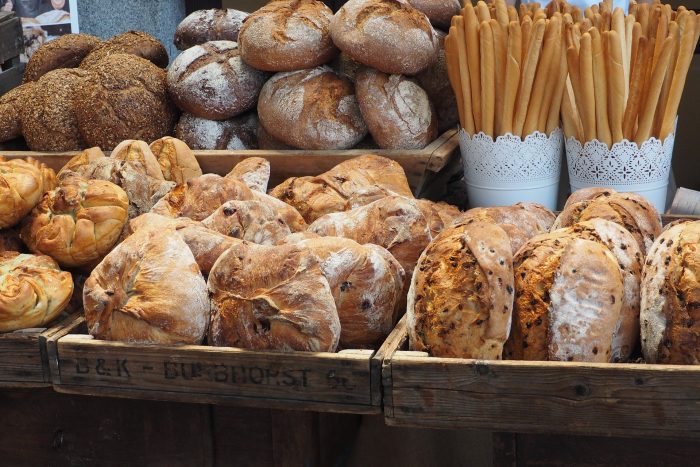
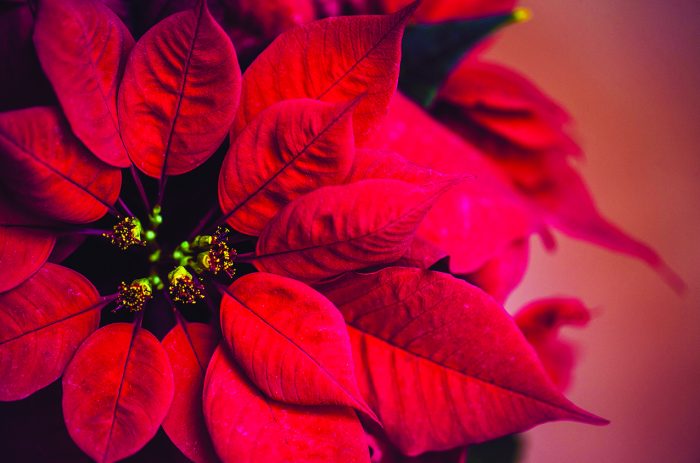
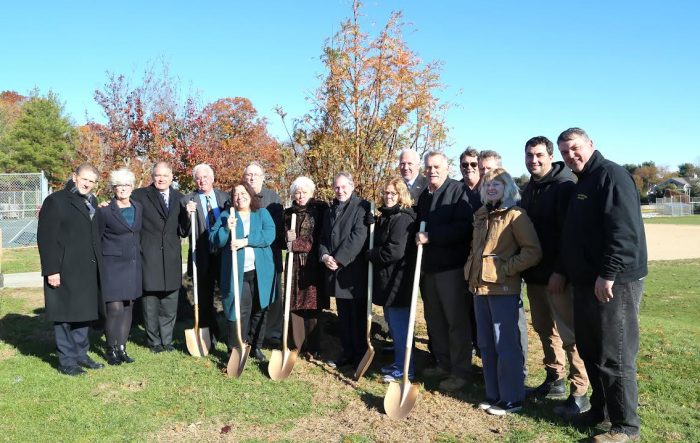
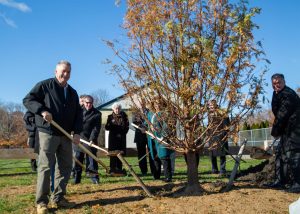 “I would like to first thank our Environmental Director David Barnes, his Foresters; Tom Colella and Robert Barget, who helped select this Dawn Redwood and our parks team for orchestrating the planting… This Dawn Redwood will grow bigger and more prominent each year. And as the holidays draw near, her beautiful red foliage will serve as a reminder that we will never forget the memory of our loved ones taken by this pandemic. My hope is that it brings you comfort. This Redwood will grow here throughout the generations allowing the memory of all 475 Smithtown Residents to live on forever,” said Supervisor Ed Wehrheim.
“I would like to first thank our Environmental Director David Barnes, his Foresters; Tom Colella and Robert Barget, who helped select this Dawn Redwood and our parks team for orchestrating the planting… This Dawn Redwood will grow bigger and more prominent each year. And as the holidays draw near, her beautiful red foliage will serve as a reminder that we will never forget the memory of our loved ones taken by this pandemic. My hope is that it brings you comfort. This Redwood will grow here throughout the generations allowing the memory of all 475 Smithtown Residents to live on forever,” said Supervisor Ed Wehrheim.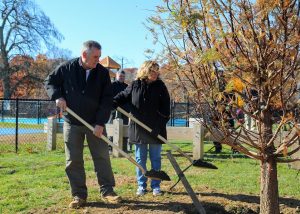 “We were all impacted by the pandemic, whether we lost a loved one or helped a friend grieve. As residents and individuals who serve the community we live in, we wanted to do something to let our town know, we grieve together. This tree is unique, it grows quickly and stands out in an extraordinary manner. The same can be said about the people we loved and lost. This is just one small way we can honor their memory,” said David Barnes, Environmental Protection Director.
“We were all impacted by the pandemic, whether we lost a loved one or helped a friend grieve. As residents and individuals who serve the community we live in, we wanted to do something to let our town know, we grieve together. This tree is unique, it grows quickly and stands out in an extraordinary manner. The same can be said about the people we loved and lost. This is just one small way we can honor their memory,” said David Barnes, Environmental Protection Director.